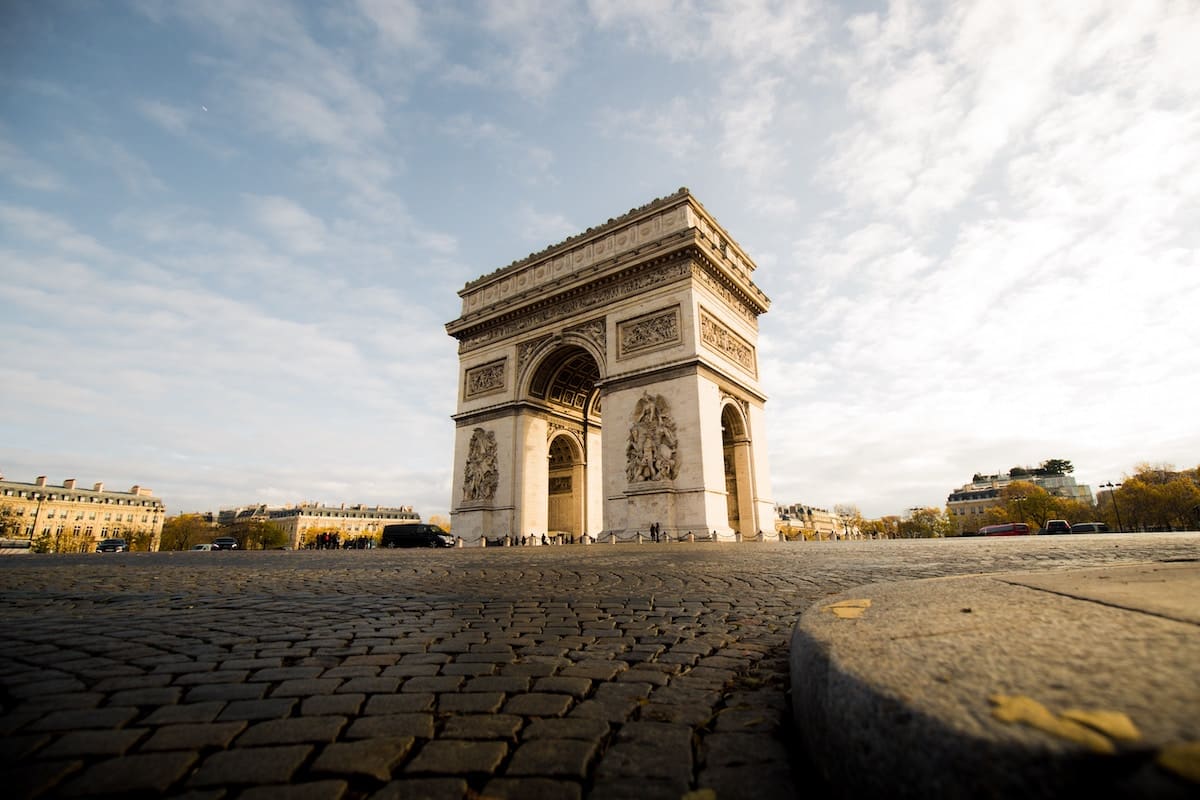Disappearance of the car in Paris, a danger for tourism in France

The reduction of car use in Paris will impact the entire regional tourism in France with a decrease in travel desires.
When reducing car usage in Paris motivates people to fly and spend their money abroad. This is at least the conclusion of a street survey conducted by Mobiwisy in the streets of the capital where residents are abandoning their vehicles. Some told us they would keep their car until it is scrapped but that it would not be replaced afterward.
When asked whether, in the absence of a car – electric or conventional – their travel habits in the provinces had changed, most agreed that their pace had slowed down. A weekend at the beach, in the countryside, family cars in the mountains or by the sea, all of this has already been impacted.
A shift to a more polluting airplane?
It is therefore clear that the gradual disappearance of the car in Paris, initiated by policies aimed at reducing pollution and promoting more ecological modes of transport, will have unexpected consequences for regional and national tourism. But also for that of the capital. Indeed, many visitors use Paris as a starting point for road trips to key destinations located outside the city, particularly regions rich in heritage and history like Normandy, the Loire Valley, or Champagne. Limiting access to cars in Paris will also change the tourist habits of provincial residents eager to visit the city of lights. A family may not be able to afford as many train tickets as they have members, leading to financial choices.
For many families, individual cars are the preferred mode of transport as they offer unmatched flexibility. The ability to quickly reach certain destinations outside of public transport networks, which are often less developed in rural areas, is a key factor in planning these trips.
Risk of regional disengagement
If access to cars is limited in Paris, it is likely that some families or groups of tourists will reconsider their travel plans. The classic “road trip” model, where visitors discover several regions of France during the same trip, may weaken. Moreover, logistics become more complicated if one has to rely exclusively on public transport, which often remains insufficient outside major cities. This could decrease the tourist flow to rural and suburban regions that depend economically on tourism from the Île-de-France residents, who need a change of scenery due to living in a place that is rarely restful.
A national impact?
Beyond the Paris region alone, this phenomenon could extend throughout the whole country. France, being vast and diverse, benefits from its developed road network to promote tourist circuits connecting dispersed points of interest. If international visitors, or even French ones, are discouraged by the complexity of driving from Paris, it is almost certain that other regional destinations will lose attractiveness. Consequently, individual mobility facilitated by the car, a vehicle for exploring and discovering the depths of France, could become scarcer, leading to a decline in tourist revenues in regions dependent on these flows.
In this context, the challenge for authorities will be to develop viable alternatives to the individual car in order to maintain tourist appeal, while supporting the ongoing ecological transition in large cities. And this is where it gets complicated!
Indeed, Parisians are no longer hiding it: it is already cheaper and more exotic to reach an airport to escape abroad, even just for a weekend! Or when a policy meant to reduce pollution will ultimately reinforce it. You said logic?
ALSO READ: Here is the first “The bulletin of the ring road” from the City Hall of Paris
This page is translated from the original post "Disparition de la voiture à Paris, danger pour le tourisme en France" in French.
We also suggestthese articles:
Also read





